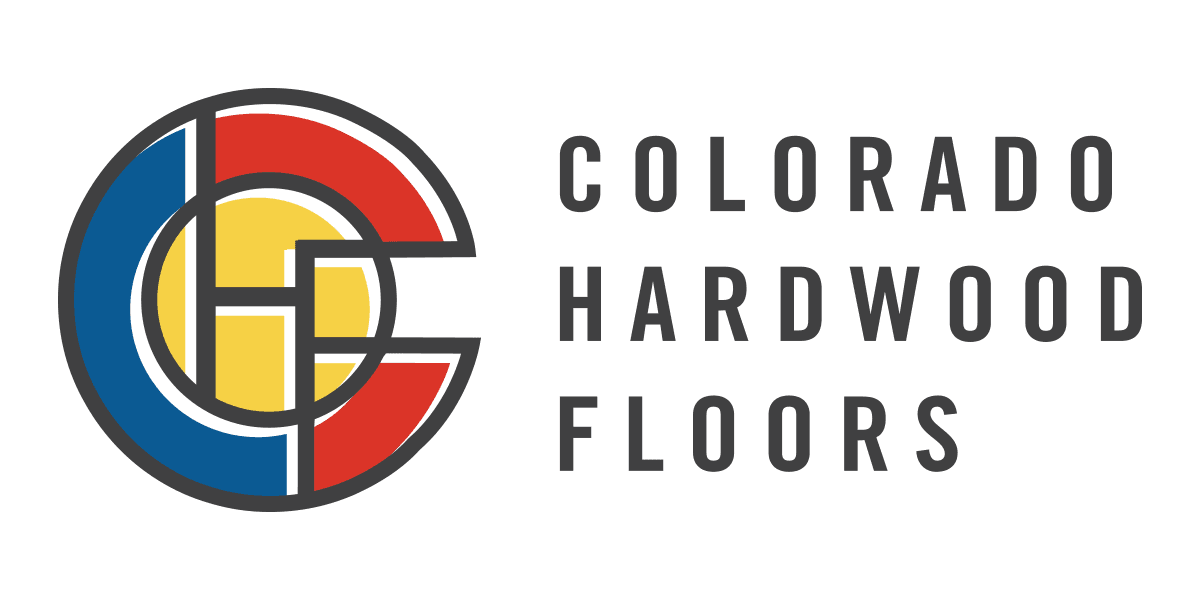A hardwood floor is a great-looking floor that can last for decades; however, they do require some maintenance to stay in good shape. The maintenance involves sweeping your floors regularly as well as cleaning it with something a little bit stronger. A mild detergent is typically sufficient to clean a hardwood floor. However, you might be wondering which substance is right for your floor. Many people who clean their own homes use some combination of vinegar and water as a standard go-to cleaning solution. It’s so simple to mix some vinegar with water to make a mild detergent. Others even soak orange peels or cloves in the water to add a different scent to the solution. Is this right for your floors?
Don’t Use Vinegar
It’s important to remember that when you are cleaning your hardwood floor, you’re not actually cleaning the wood. You’re cleaning the finish on the surface of the wood. Typically, this is a polyurethane finish, but it could be made of some other substances. Vinegar is an acidic solution. When you apply an acid to the finish on your floor, you will actually eat away at the surface a little bit. Every time you spray an acidic solution such as vinegar on your floor, you will be degrading the finish a little bit more.
It might not be noticeable at first, but the floor will begin to look cloudy. It will seem like it is more and more difficult to get your floor to a shine. Eventually, it will no longer polish at all. At that point, you’ll need to have your floor refinished.
Water Concerns
You need to be careful with a vinegar and water solution because of the water component as well. In fact, you should be cautious with any solution that uses a large amount of water. Water can soak into your hardwood or get underneath the planks. That can cause swelling, warping, and mold. If you use any cleaning substance that uses a lot of water, you’ll need to make sure that you do not saturate the wood too much. Also, make sure that you mop it quickly and get it completely dry.
Using towels or a dry mop is a great way to dry the floor. You can also open windows and turn on the fan to get the floor dry. You should keep in mind that a hardwood floor with a good polyurethane finish should be water and stain resistant. That means that it will not take a strong chemical to clean the floor.
The post Should You Use Vinegar on Your Hardwood Floors? appeared first on hardwood marketing.
